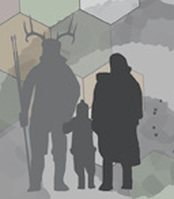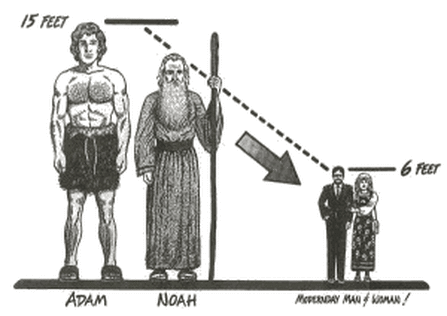 I still haven't found the original source of this image, but I'm guessing it's from a Seventh-day Adventist publication. Anyone know?
I still haven't found the original source of this image, but I'm guessing it's from a Seventh-day Adventist publication. Anyone know? This post is mostly to bookmark the sermon so I don't lose track of it again.
Shull's sermon is a mash-up of references from the Bible and quotes from Ellen G. White, the main founding visionary of the Seventh-day Adventist church. Shull hits the main points of White's vision of the antediluvian world and its population of gigantic, long-lived, and incredibly smart people, asking what this would have meant for the state of human society and technology before the Flood:
"Could illustrious scholars of our time be placed in contrast with men of the same age who lived before the Flood, they would appear as greatly inferior in mental as in physical strength. As the years of man have decreased, and his physical strength has diminished, so his mental capacities have lessened. There are men who now apply themselves to study during a period of from twenty to fifty years, and the world is filled with admiration of their attainments. But how limited are these acquirements in comparison with those of men whose mental and physical powers were developing for centuries." —Patriarchs and Prophets, pp. 82, 83. What about the level of technology before the Flood? "There perished in the Flood greater inventions of art and human skill than the world knows of to day"--The SDA Bible Commentary, Ellen G. White Comments, on Gen. 6:4, p. 1089. The servant of God adds, "More was lost in the Flood, in many ways, than men today know.""
Despite a complete lack of evidence, the idea that humans today are "degenerated" from our "bigger, better, and smarter" forbears is promoted today among Seventh-day Adventists such as Dr. Ben Carson and Young Earth Creationists like Joe Taylor and Kent Hovind. It shows up in 1950's creationism and early 20th century Baptist ideas about Flood geology and the antediluvian world. It has its roots prior to Ellen G. White's writings of the late 1800's. This 1976 sermon is another data point linking the transfer of these ideas through time. The "bigger, better, smarter" version of Christian thinking on giants stands in stark contrast to the evil currents of the Nephilim whirlpool.
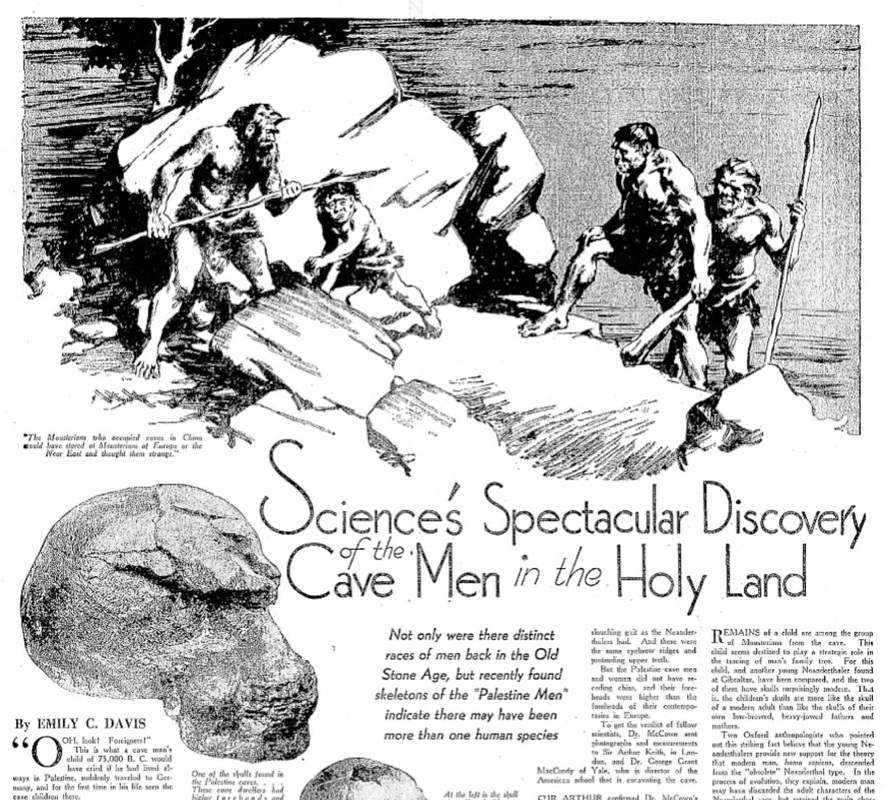
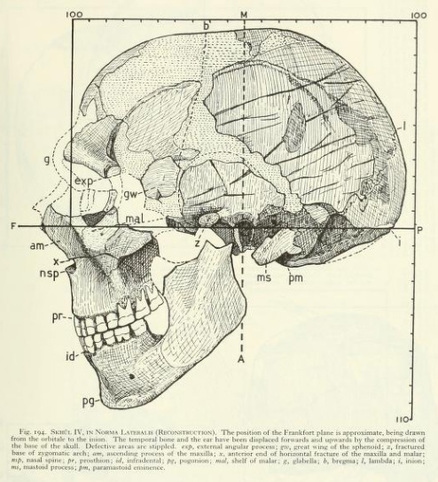
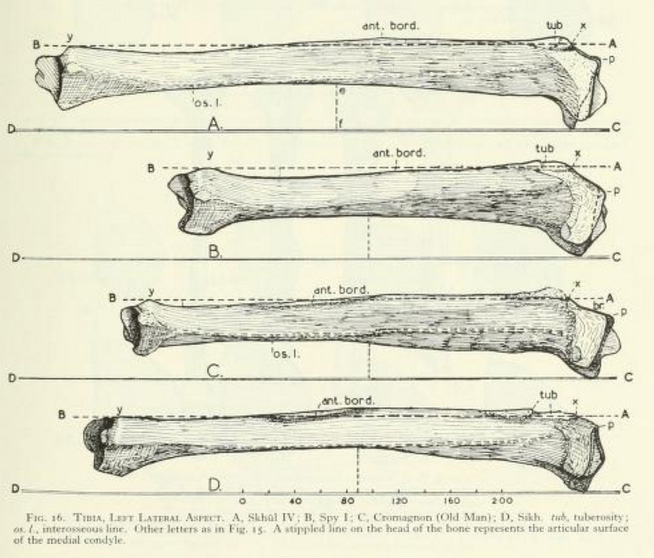
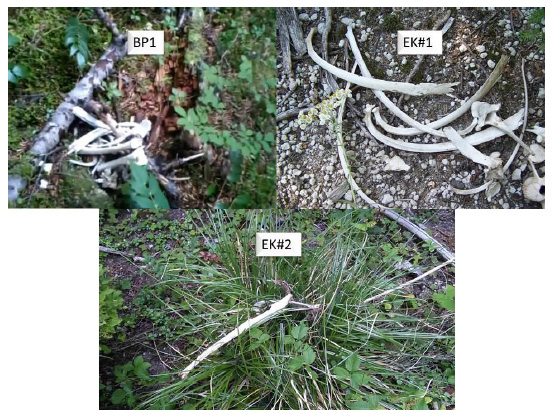
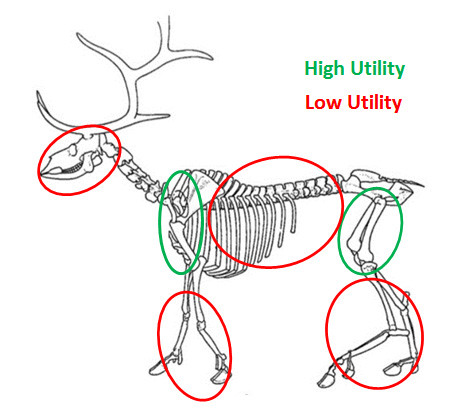
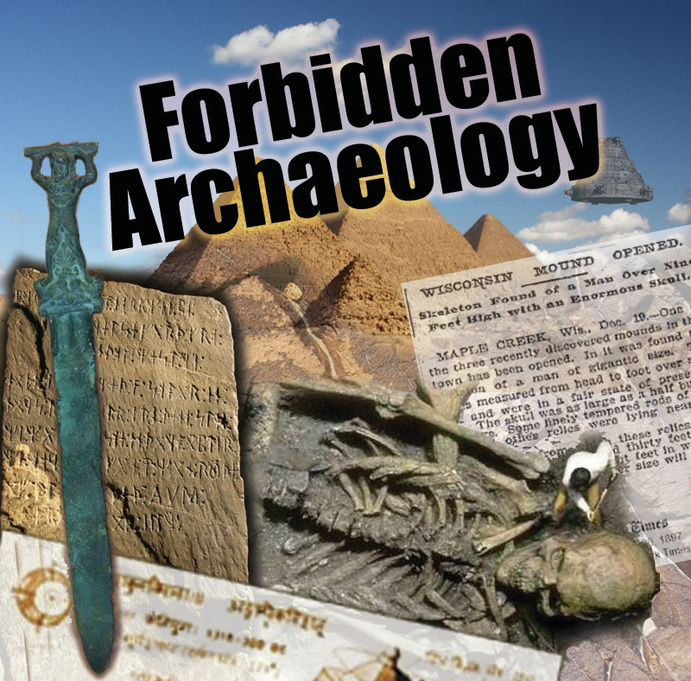

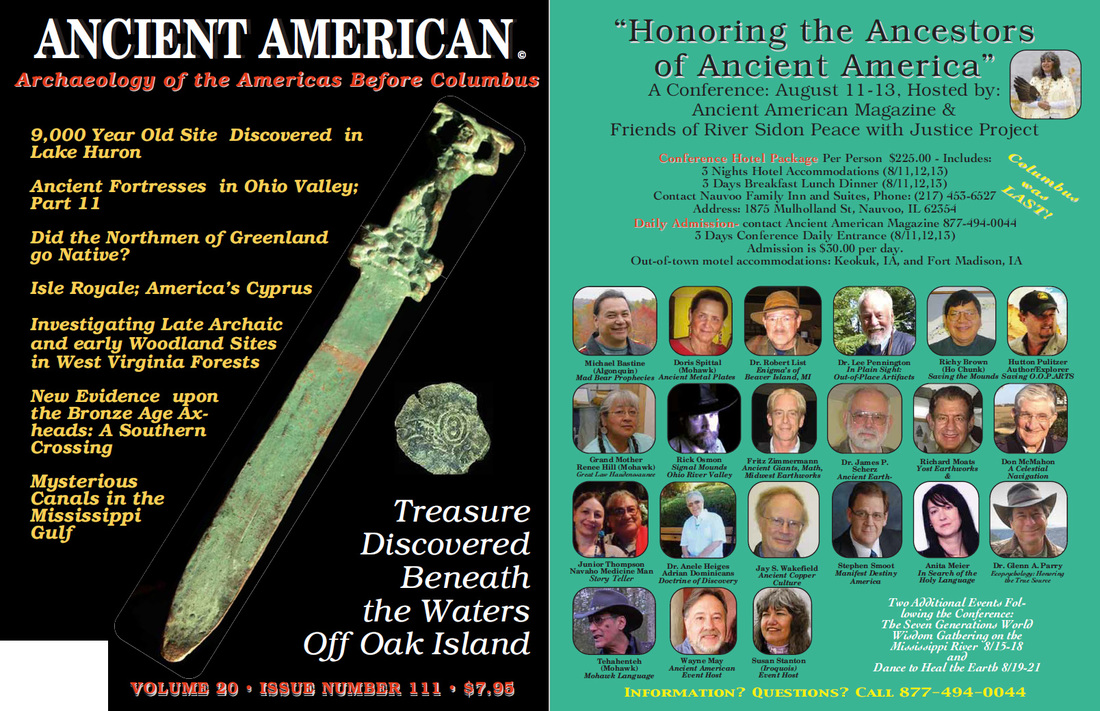




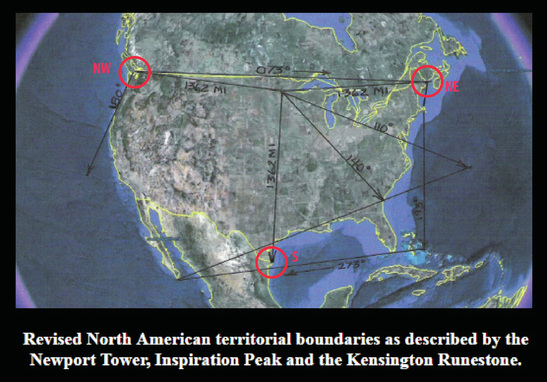

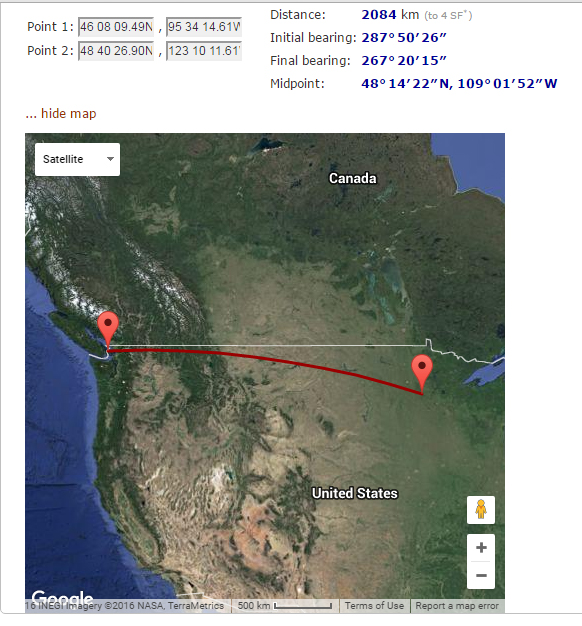
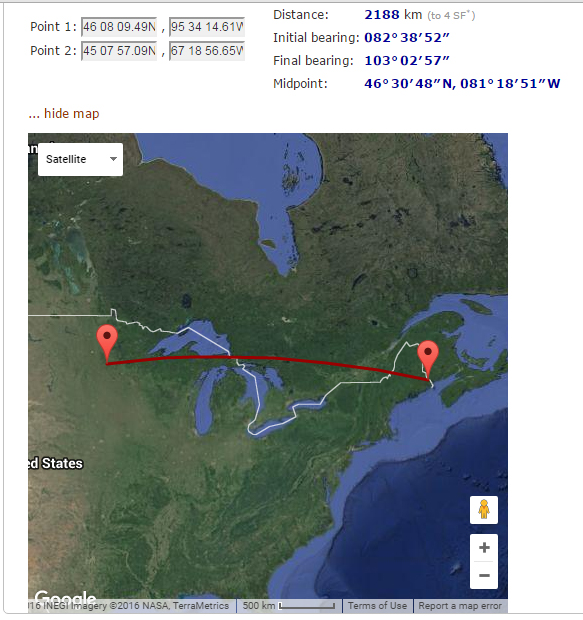

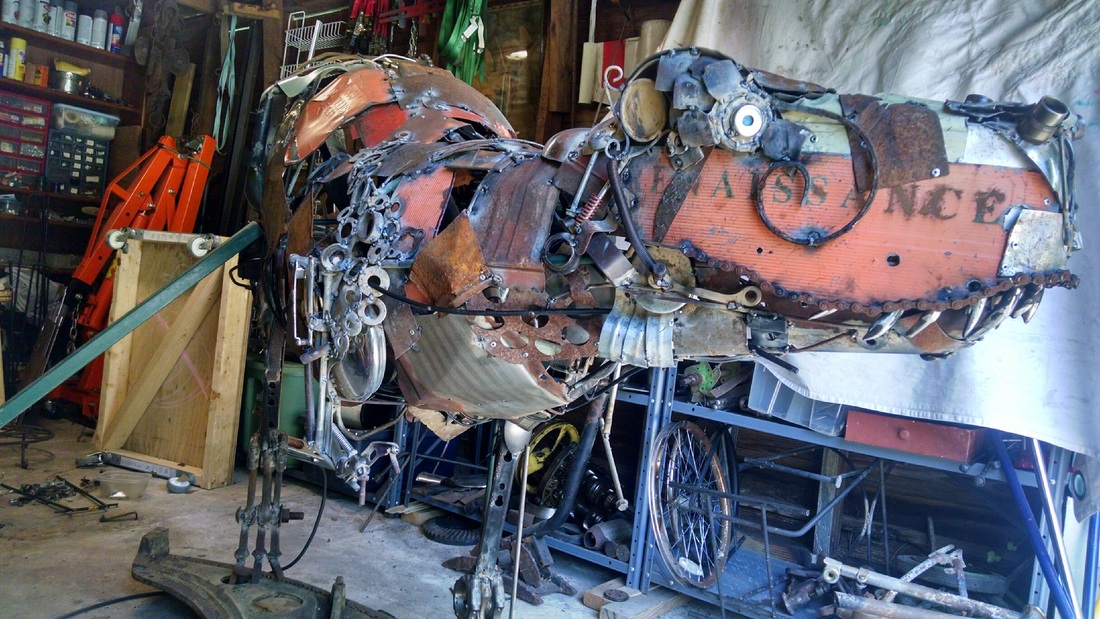
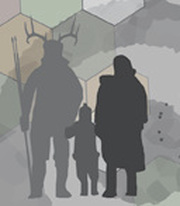

 RSS Feed
RSS Feed
